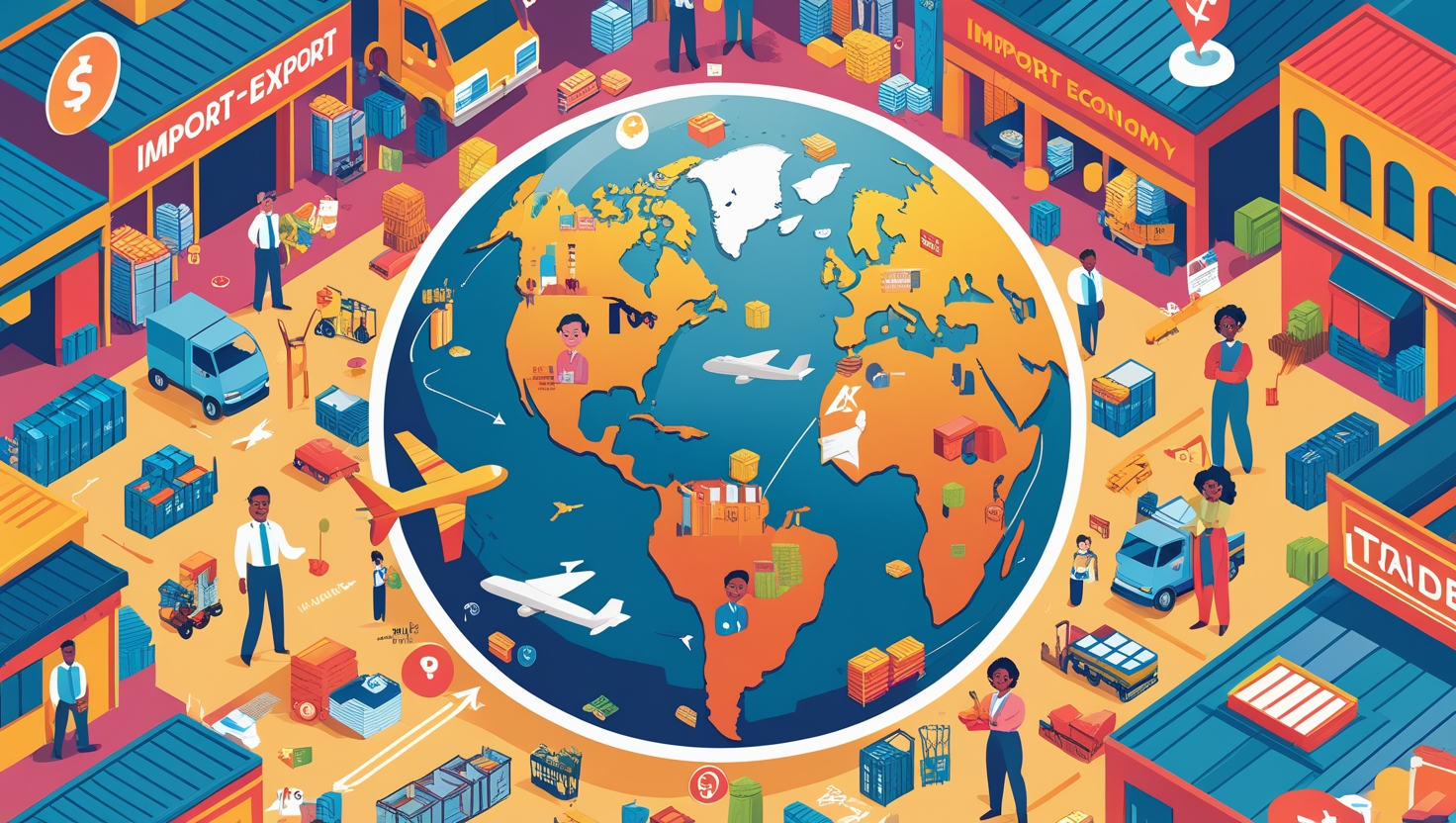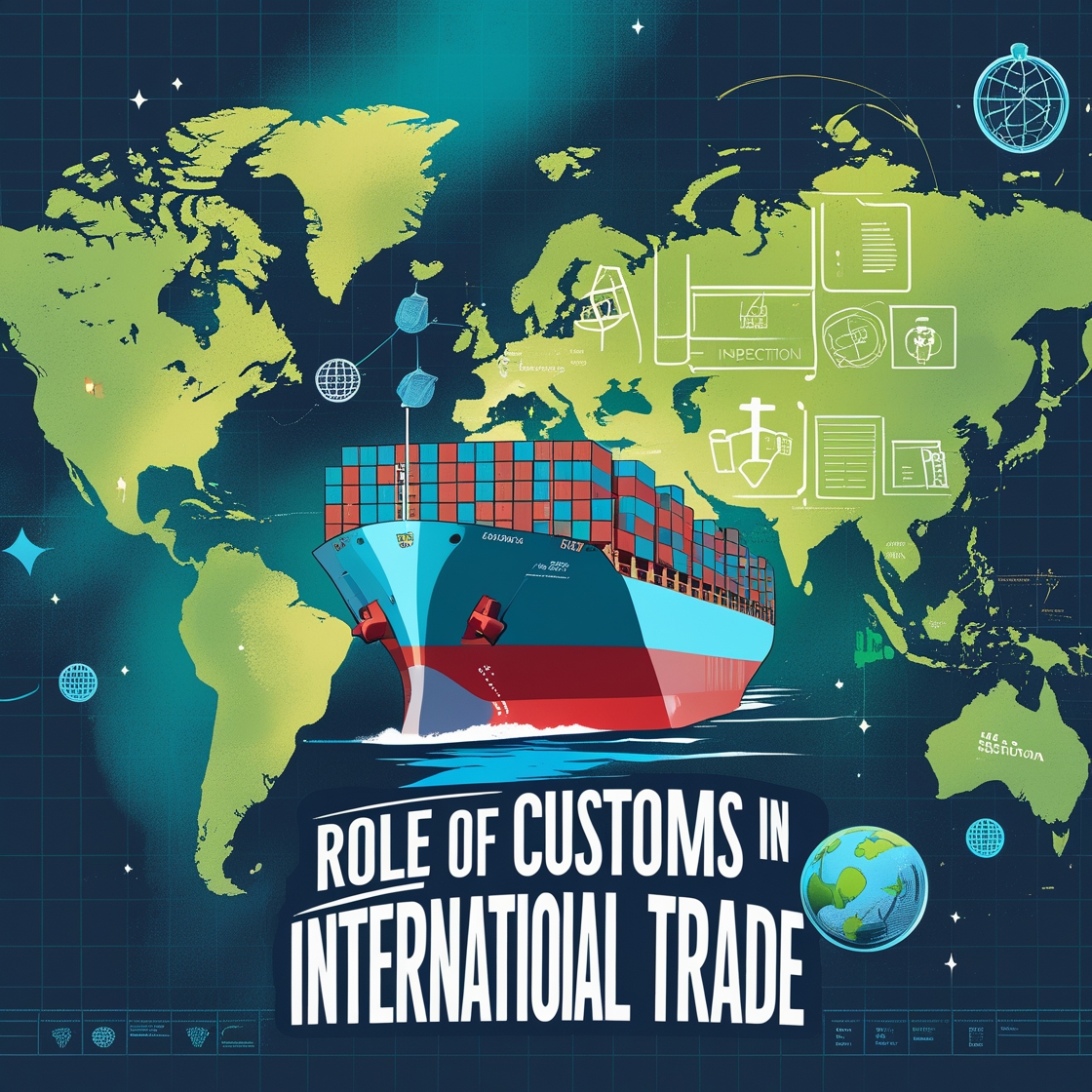Usually, when we think of import and export, we think about international trade and the global economy. But import-export activities have reverberating effects on the local economy. They connect domestic businesses to the international trade networks. This creates advantages for the local communities to expand their economies. Businesses can afford to expand due to more demands resulting in more employment of the local population, leading to growth of the overall economy. Thriving local economies are an indication of sustainability in the long run. Here, we will discuss in detail import and export impact local economies
The Basics of Import-Export Trade
Import-export is a system of exchange of goods and services from one country to another. Import is the process of bringing resources from foreign countries. This can be raw materials for industry, products unavailable domestically or just goods that are not produced at home. On the other hand, export is the process of sending domestically produced goods and services abroad. Through exports local economies are able to take part in the global trade, having access to larger markets and being able to sell more products this is shortly how import and export impact local economies.
In 2024, global trade volume reached a record amount of $33 trillion, which is a 3.3% increase from the previous year. At the same time, trade-in services saw a 7% increase. In the year 2024, exports accounted for almost $15.6 trillion, while imports were $17.4 trillion. This huge trading of goods and services has a greater impact on the economies of the participating countries by influencing their GDP, labor market, and industrial base.
Exports and Local Economies
A country’s economic growth largely relies on exports of its goods and services. Having access to larger markets, local economies can supply their goods and services to more consumers. This, in turn, enables local economies to scale up and increase revenue while creating new jobs.
Job Creation
Export based countries create more job opportunities as they expand faster compared to other economies. The US Department of Commerce has reported that every $1 billion in export supports nearly 5,800 jobs in the US.
Countries with high exports tend to have lower unemployment rates. Countries with heavy export-based economies, such as China, Japan, and Korea, have lower unemployment rates as their industries have created more job opportunities. As of 2024, China has a population of almost 1.4 billion but has an unemployment rate of around 5%. On the contrary, Sudan has a population of just 51 million but has the highest unemployment rate of 49.5%. This is due to the industrial base and export-based economy in Sudan. Other factors, such as education and political instability, also factor in.
Economic Growth
Export is directly related to GDP. A country that exports more has a trade surplus, leading to a growth of its GDP. In 2023, Germany earned 43.4% of its GDP through its exports, which is almost half of its GDP. In 2024, Vietnam’s export-driven economy saw its GDP grow by 7.09%, which was more than the targeted 6.5%. This is largely due to the country’s industrial base of electronics and apparel that have a huge market in the EU and America. So exports play a huge role in the growth of GDP.
Market Diversification
Export activities give access to cross-border consumers. So local economies don’t have to rely on the domestic market. If there is trouble in the local market, they can bypass the turmoil by focusing more on exports. Many local economies of developing nations are taking advantage of global e-commerce platforms, such as Amazon Global Selling, to promote their business around the globe. In 2024, Amazon Global Selling reported an almost 30% increase in cross-border trading. So it’s quite evident that local businesses are continuously expanding their territories.
import and export impact local economies
Imports have their own benefits. Through imports, countries can supply the much-needed raw materials for their industrial base and improve their economic health. It can also supply the population with the necessary goods for overall growth.
Access to Affordable Goods
Importing products creates competition on a local level. Various companies are able to offer competitive prices and fight for prices. This has the positive side of increasing accessibility for consumers to goods and services at an affordable rate. For instance, wide-scale Asian-made electronics have contributed to the reduction of the price of electronics worldwide.
Supply Chain Optimization
Many export-based economies rely on raw materials from other countries. Export giants like China, Germany, and Japan rely on other countries such as Australia, Russia, and the US for their energy requirements. China imported $219 billion worth of energy raw materials from Australia which is equal to 32% of Australia’s total exports. Germany was heavily dependent on natural gas from Russia, which changed after the Russia-Ukraine war. Now, Germany imports a huge amount of LNG from the US for its industrial needs. In 2024, Germany imported 27.5 billion cubic meters of LNG just from the US. The flow of these raw materials ensures the industrial base keeps on running like a well-oiled machine.
In 2024, TSMC, the largest chip manufacturer, imported fab equipment from ASML worth billions, as ASML reported a total of €28 billion in sales. At the same time, TSMC made a revenue of $87.8 billion. So import plays a critical role in the supply chain and has a correlation with exports.
Import and export are interconnected with each other. They make up the modern economies. Export drives the growth of an economy by creating jobs. At the same time import ensures the continuation of that export growth by providing raw materials and access to affordable goods and essential technologies. Local economies can thrive and develop at a rapid pace by balancing the import and export activities.


